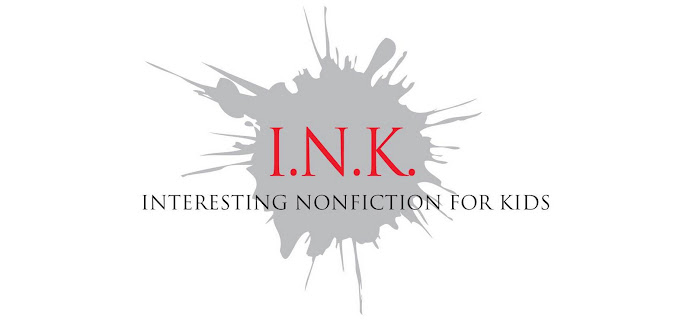In April I reminisced about six + years of blogging with this wondrous group of authors. I've so appreciated the opportunity to come up with something every month at least vaguely related to
this quirky profession we’ve chosen.
For my last go-round, I’ve
decided give a glimpse of one writer's life day-to-day. It’s not all creating deathless prose. So here's as much as I can remember of my to-do and have-done lists in the
last two weeks.
• Revise my next book. It’s a middle grade group biography due out in
2016. I’ve been working on this
book since 2009 and so last week I decided to google one of my subjects once
again. I found a 2011 book I hadn’t seen before, with a chapter on my subject.
I couldn’t find the book in the Los Angeles system, so I consulted
WorldCat: The World’s Largest Library Catalog and found that
six miles away, Mt. St. Mary’s College had an ebook copy.
• So up up up into the Santa Monica Mountains I drove, to a beautiful
Spanish-style library. Well, I drove to the parking garage and then hiked up some
more steep hills to the library. I had the complete attention of three
librarians, it being summer break. They all worked to figure out how to
print a few pages from the e-book, but in the end, job done. This research
yielded details and quotes I hadn’t found elsewhere.
• Reviewing my original
research, I found a tidbit I’d not included in the manuscript. My subject inspired a minor character
in an 1828 adventure-romance novel. Being a lover of tidbits, I ordered an
interlibrary loan of the book on microfilm through my public library. This last
week I spent part of two afternoons skimming through this forgettable tale of a
beautiful and virtuous heroine whose romance with a worthy suitor is thwarted
by a dastardly villain. My ‘subject’ helped to save said heroine from said
villain, as well as perform some brave deeds in American Revolution. The hours spent
skimming added three sentences to my manuscript.
• Chapter completed, I
emailed it to my critique group who
will meet this week and tell me how to make it better.
• I’ll critique their work as well.
• I’m meeting my editor at ALA in Las Vegas this weekend. She wants to read my revised chapters on the plane flying west, so I emailed her to ask about the last moment I can send her those chapters.
• Speaking of ALA, where
I’ll be signing at two booths on Saturday (see below,) I must remember to call
my trusty auto mechanic (named
Toolsie!) to fix my failing a/c. Will need all I can get for the drive to LV.
• Made arrangements to meet
with Starwalk Kids Media at ALA about signing up an out-of-print book for their e-book list.
• Confirm ALA meeting for coffee with INK Author Jan Greenberg.
• I’ve been a member of the
Authors Guild for decades. They offer so many
benefits to their members, one of which is a free legal critique of contracts.
I finally got around to integrating their suggested changes to my contract for the above book and sending it
back to the publisher. The Authors Guild also hosts my website for pennies, but
perhaps their most important mission is their lobbying on our behalf to
Goliaths like Google and Amazon.
Support yourself – and them – and join!
• I’ve nudged an editor who has had a ms. of mine for months and promised to
give me an answer last week. Still waiting. I need to nudge a couple more
editors who are sitting on my middle grade novel.
• Last month I reported on the excellent BIO conference
(Biographers International Organization) in Boston. There I met Dorothy Dahm, creator of Kids Biographer's Blog, a
first-rate collection of reviews and interviews. She reviewed Mumbet’s
Declaration of Independence, and asked for an interview. I wrote that last week and it’s here.
• I’m returning to London again in the autumn for another three-month home exchange. I’ve got some fans in
Yorkshire, so I emailed four schools about return author visits. Have confirmation for two already.
• I wrote this INK
blog.
• The World
Cup: I’m trying to limit myself to one game a day, or two halfs of
different games. It’s hard though.
Drama is building every day!
Traveling to libraries, reading, marketing,
contracts, nudging, emailing, critiquing, blogging, and, yes, writing. On and on it goes.
Finally, to quote my favorite English major:
“Be well, do good work, and keep in touch.”
My ALA Signings: Saturday June 28
• 10-11am: Boyds Mills/Calkins Creek
• 2-3 pm: Lerner/Carolrhoda
My ALA Signings: Saturday June 28
• 10-11am: Boyds Mills/Calkins Creek
• 2-3 pm: Lerner/Carolrhoda






































